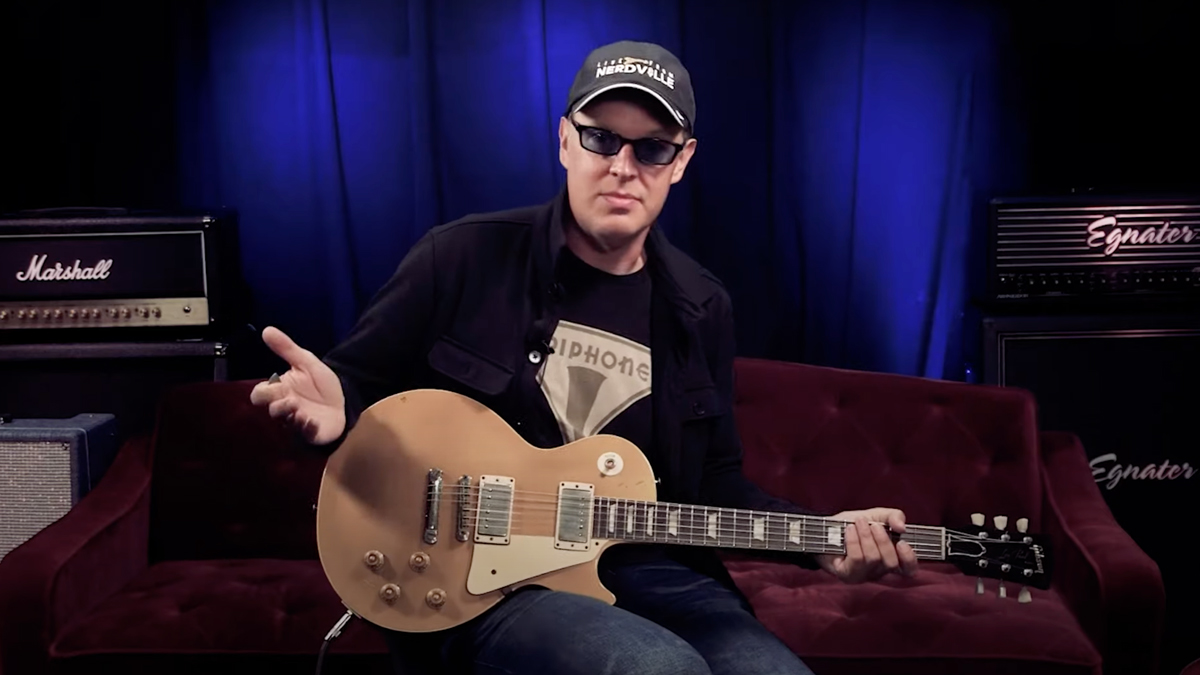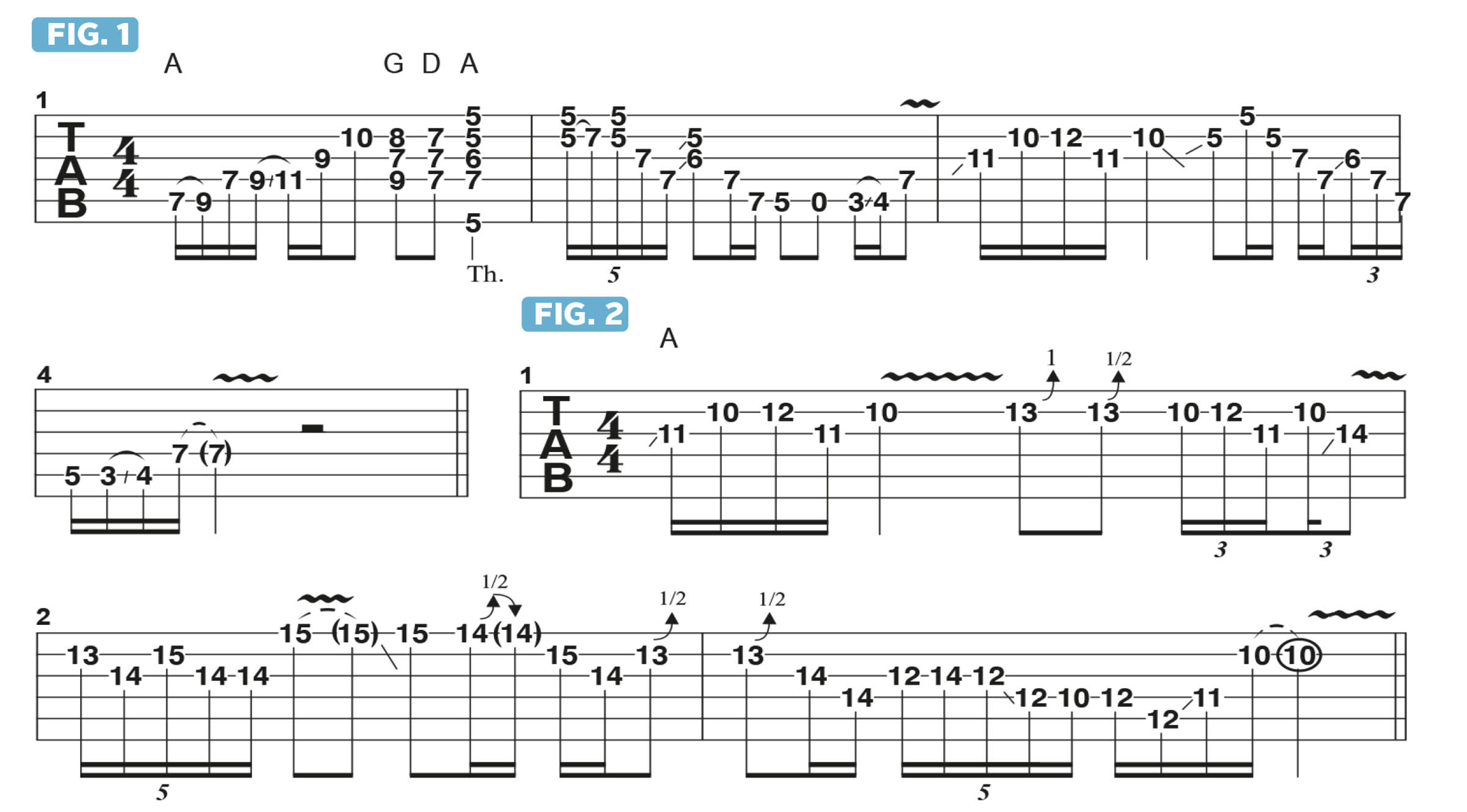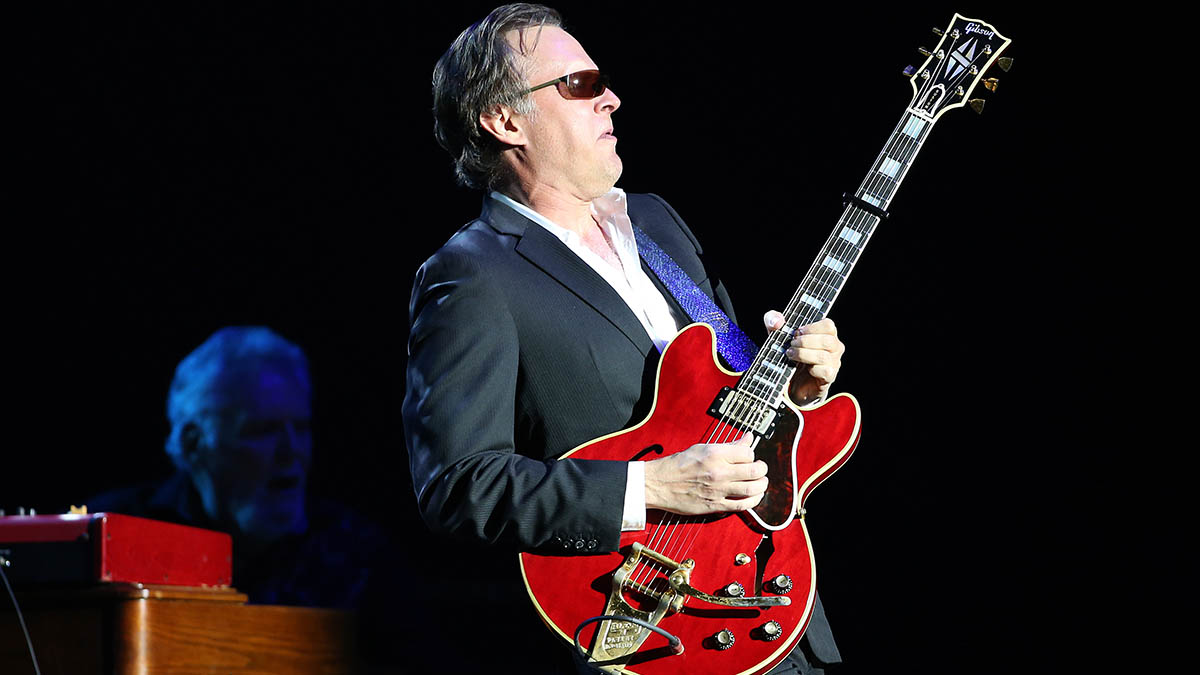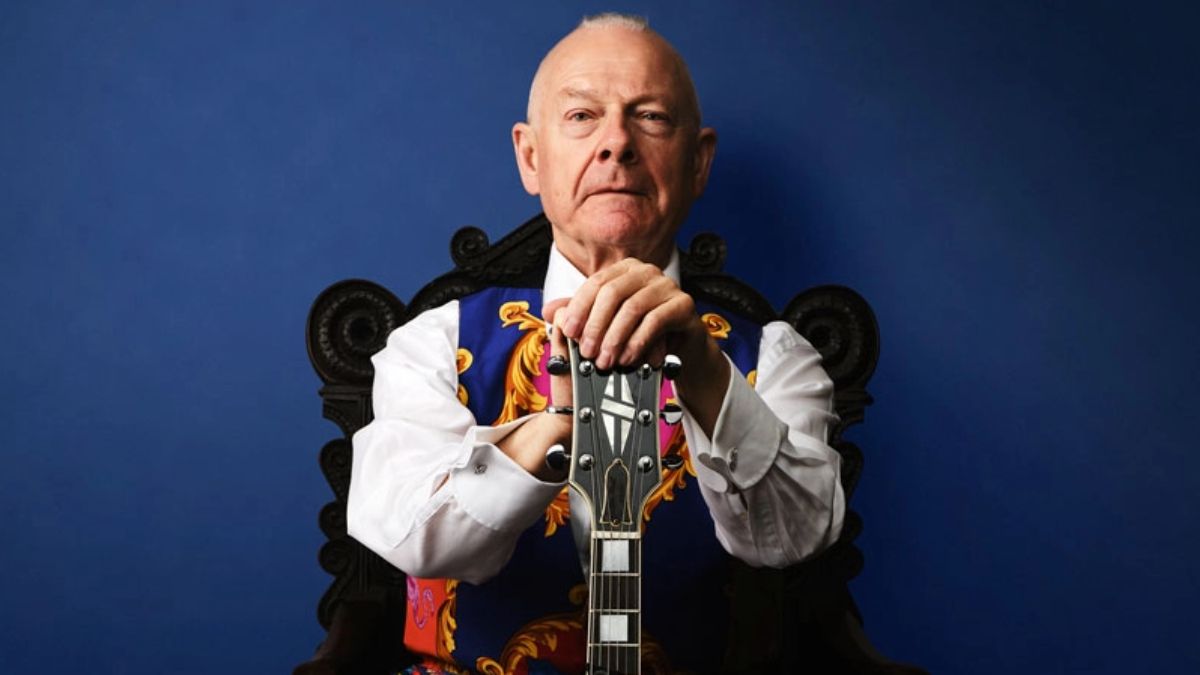Joe Bonamassa shows you how to get 10 different sounds from a Gibson Les Paul using just the knobs and pickups
The blues-rock superstar demonstrates how the Les Paul offers powerful EQ options before you touch your amp, and how this can dramatically change the character of your tone – and playing

Hello, and welcome to my new column for Guitar World! Over the course of these lessons, I will discuss and demonstrate many of the approaches I use for soloing, rhythm guitar, songwriting and all guitar-centric things. I hope you dig it!
I’d first like to talk about the 10 or so different sounds that one can get out of a Gibson or Epiphone Les Paul, simply by manipulating its electronic controls.
A standard-issue Les Paul sports two humbucking pickups, each with its own volume and tone controls. The three-way toggle switch offers neck pickup only, bridge pickup only, or both pickups together, which allows the player to blend the sounds of the two pick-ups in myriad ways, by simply adjusting the volume and/or tone of each.
Let’s begin on the neck, also known as the “front,” or “rhythm,” pickup, with the tone set to 10 and the volume rolled back in order to attain a nice, clean sound. With the volume on 2 or 3, the tone is very clear and dynamic, which inspired the improvised licks I demonstrate in Figure 1.
The phrases that I play in this example are based on a combination of A major pentatonic (A, B, C#, E, F# and A Mixolydian (A, B, C), A minor pentatonic (A, C, D, E#, D, E, F#, G).
If you’re looking for a more overdriven front-pickup “super Strat” kind of thing, keep the tone on 10 and turn the volume all the way up. Figure 2 illustrates some phrases played with the guitar set this way.
Yet another great, inspiring LP tone can be achieved by rolling the tone knob all the way down to 0 while keeping the volume on 10. This yields that Cream-era Eric Clapton lead sound, which the legendary guitarist once referred to as the “woman tone.”
All the latest guitar news, interviews, lessons, reviews, deals and more, direct to your inbox!
Figure 3 offers some licks inspired by this tone. Here, I’ve switched to E minor pentatonic (E, G, A, B, D), à la Eric’s playing on I’m So Glad and Spoonful. Try turning the tone up gradually from 0 to 10 while listening to the subtle differences in tone as more treble is added.
Now let’s switch over to the bridge, AKA “back,” or “lead,” pickup. With the tone on 10 and the volume low, we get a bright, clean sound, which is great for country licks, like those in Figure 4.
You can then simply crank up the volume control to attain that classic Les Paul blues-rock crunch tone, which works well for many styles and inspired the licks offered in Figure 5.
Oftentimes when I solo using my bridge pickup, I’ll start with the tone pot down to about 5, because this will yield a nice, rounder sound than when the control is all the way up to 10. Figure 6 offers an example of what I might play when using this type of smoother tone.
The next step is to experiment with the wide variety of sounds available using both pickups at once, with the four knobs set to all possible combinations. Explore, and you'll find a great range of inspiring tones!
Joe Bonamassa is one of the world’s most popular and successful blues-rock guitarists – not to mention a top producer and de facto ambassador of the blues (and of the guitar in general).





